After Steve Jobs was forced out of Apple in 1985, he helped build two other companies, Pixar and NeXT. Pixar, of course, went on to produce a string of animated blockbuster films starting with Toy Story in 1995. But what about NeXT?
In the history of software, the computer company NeXT only existed a short but very influential period of time. But during that time, the NeXTSTEP computer operating system helped create some of the most famous software innovations in history.
The First Web Server And Web Browser: 1990

On March 12, 1989, Tim Berners-Lee submitted a proposal titled “Information Management: A Proposal” detailing the first concept of the World Wide Web. His boss, Mike Sendall, found the idea worthy enough to approve the purchase of one of the first NeXTcube computers in 1990. The retail price for the NeXT computer in 1990 was $10,000 each. Adjusting for inflation, $10,000 in the year 2020 is about $20,000.
Tim Berners-Lee then used this NeXT computer to create the first-ever web browser and website server. The web-based Internet as we know it today was created using a NeXTcube computer.
To help keep the web online, he had to attach a sticker on the side of the computer warning others not to turn it off. At the time, turning off that computer would have essentially turned off the World Wide Web. The actual NeXTcube computer that Tim Berners-Lee used to create the web is now on display at the Science Museum in London, UK.
Wolfenstein 3D, Doom, And Quake: 1992-1996
In the early 1990s, computer programmer John Carmack used the NeXT operating system to build three of the most groundbreaking video game series of the decade: Wolfenstein 3D (1992), Doom (1993), and Quake (1996).
Wolfenstein 3D was the first 3D first-person shooter game in history. Its successor, DOOM, was a mega-hit and immediately paved the way for a series of popular 3D shooters, including Marathon (1994),(Amazon link) Star Wars: Dark Forces (1995), Duke Nukem 3D (1996), GoldenEye 007 (1997),(Amazon link) Half-Life (1998),(Amazon link) Unreal (1998), and(Amazon link) Halo (2001), to name a few.
Carmack followed up the success of Doom with Quake in the late 1990s. Quake featured real-time 3D rendering technology, multiplayer deathmatches and a soundtrack by Trent Reznor‘s band(Amazon link) Nine Inch Nails.
Today’s popular games like Call Of Duty and(Amazon link) Fortnite wouldn’t have been possible without John Carmack’s gaming software innovations and pioneering concepts like the deathmatch.
Display PostScript (DPS): 1987
In the late 1980s, developers at Adobe and NeXT collaborated to create a new 2D graphics engine system for the NeXT computer operating system called Display PostScript (DPS). At the time in 1987, no other computer system had object-oriented capabilities able to handle this advanced display technology. The technology was originally developed for computer printing but was useful in everything from graphic design to the user interface in applications and operating systems.
CyberSlice: The First Online Food Delivery System: 1995
Decades before DoorDash and Grubhub, NeXT technology helped create the first online food delivery system in history called CyberSlice. Steve Jobs got the idea after seeing Sandra Bullock‘s character in the 1995 film, The Net, order a pizza online. Jobs decided to make the Hollywood concept a reality and used NeXT computers and GIS-based geolocation technology to place the first online food order in history. What did he order? A pizza with tomato and basil.
Materials connected to the CyberSlice project were curated into the “Inventions of the 20th Century, Computer Science” collection at the Smithsonian Institute in Washington DC.
Apple Operating Systems
In the mid-1990s, Apple had a serious problem to solve. They needed to make a major advancement in their operating system and were struggling to find a worthy successor to Mac OS 9. Both the BeOS and Copland were contenders but weren’t strong enough to move forward with.
However, in the decade that Steve Jobs was away from Apple, his company NeXT created a product so advanced that it had a client list that included Dell, Disney, the National Security Agency (NSA), the Central Intelligence Agency (CIA), BBC, and the National Reconnaissance Office among others. NeXTSTEP was the obvious choice to be the successor of Macintosh OS 9.
In 1997, Apple acquired NeXT for $429 million dollars. That deal not only gave the company NeXT’s revolutionary operating system called NeXTSTEP, but it also brought Steve Jobs back to Apple.
SEE ALSO: Rare Video Of Steve Jobs Demonstrating The NeXTSTEP Operating System
There are countless features and applications from NeXTSTEP that you can still find in the Apple operating system family today, including Mac OS X, macOS, iOS, iPadOS, watchOS, and tvOS. Although there’s a lot going on under the hood, visible interface elements like the dock, spinning beach ball, and column view as well as applications such as TextEdit and Chess, are descendants of NeXTSTEP applications.
Famous Achievements In Software History That Were Built Using The NeXT Operating System
The NeXT operating system only existed from 1998-1997. But during that short time, it was responsible for several noteworthy achievements in computing and software history. Did you own a NeXT computer? Please tell us about your experiences in the comments or tweet us at @methodshop.
Famous Software Innovations That Were Built Using The NeXT Computer Operating System ... #SteveJobs #WorldWideWeb #NeXTComputer #RetroComputer #ComputerHistory #retrocomputing Share on XRelated Articles:
- How to Force Empty the Trash in Mac OS X
- How To Uninstall Spyware and Adware from Mac OS X
- The FUNNIEST Steve Jobs Moments on Stage
- Mac vs PC: How To Convince Your Boss That You Need A Mac At Work

Frank Wilson is a retired teacher with over 30 years of combined experience in the education, small business technology, and real estate business. He now blogs as a hobby and spends most days tinkering with old computers. Wilson is passionate about tech, enjoys fishing, and loves drinking beer.

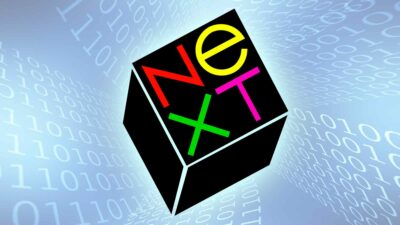
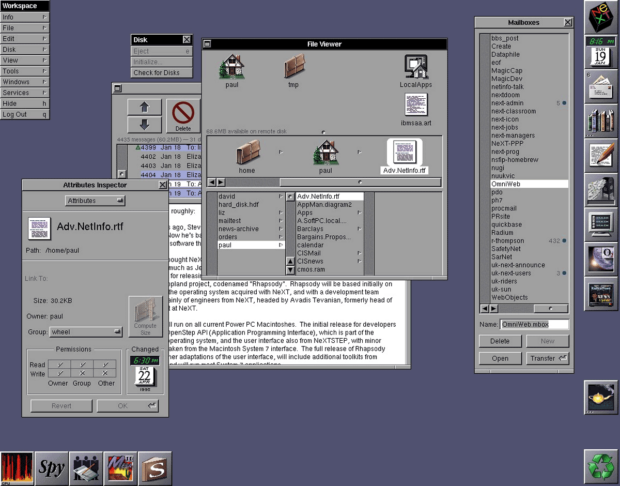
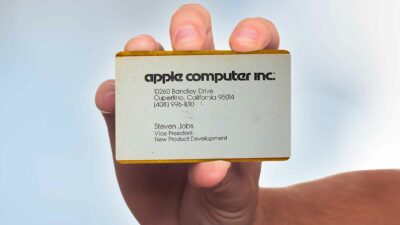
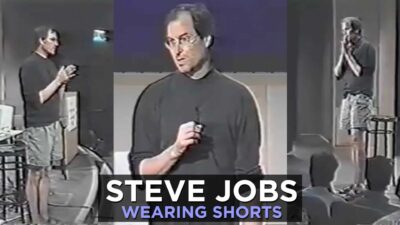




















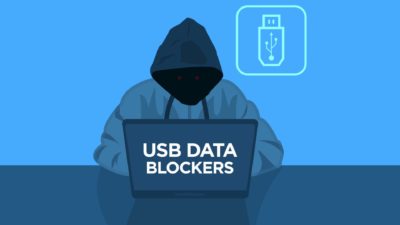

 Chinese Confusion: Brilliant Phony Phone Call With Three Chinese Restaurants
Chinese Confusion: Brilliant Phony Phone Call With Three Chinese Restaurants
Leave a Reply
You must be logged in to post a comment.